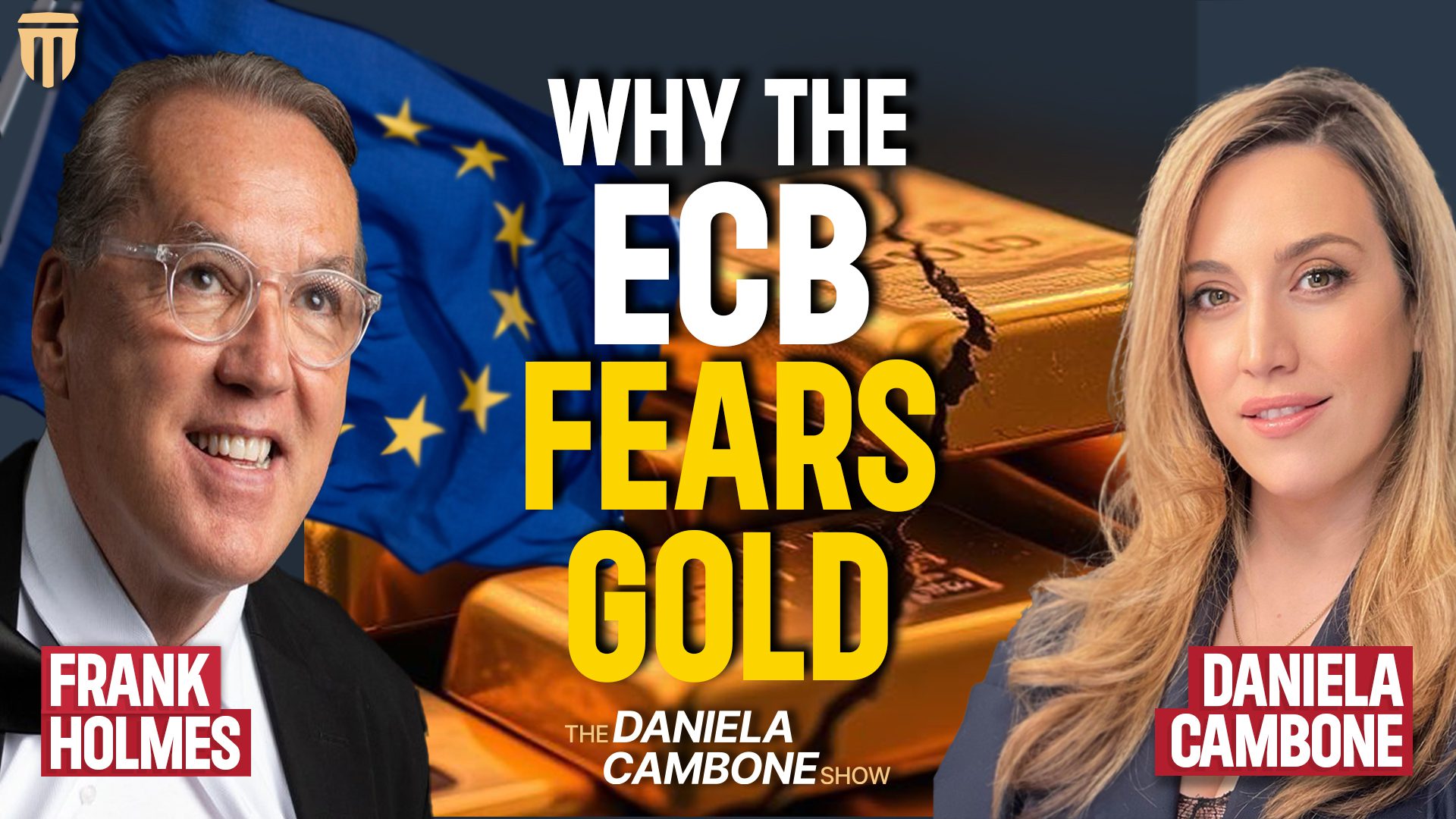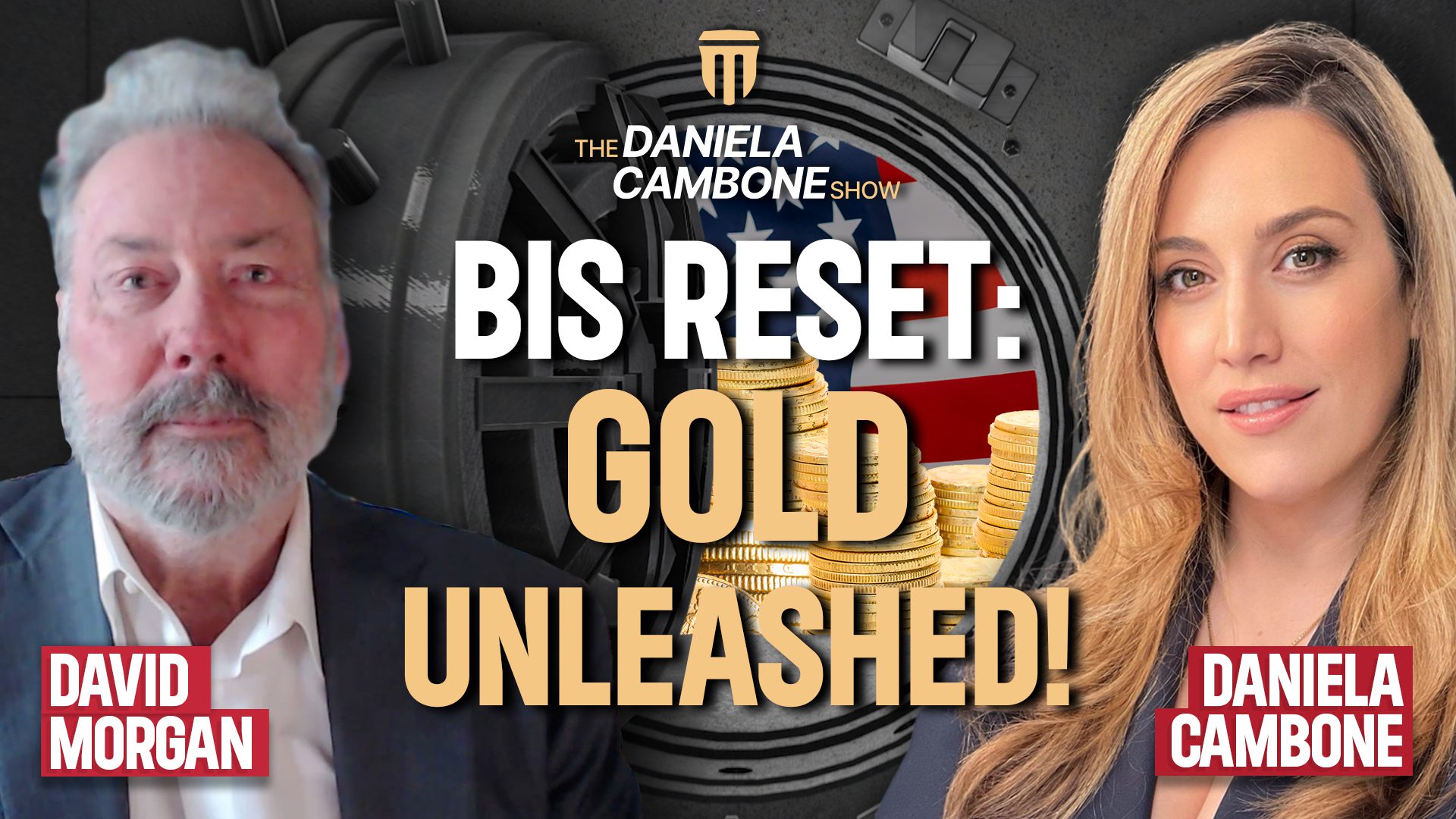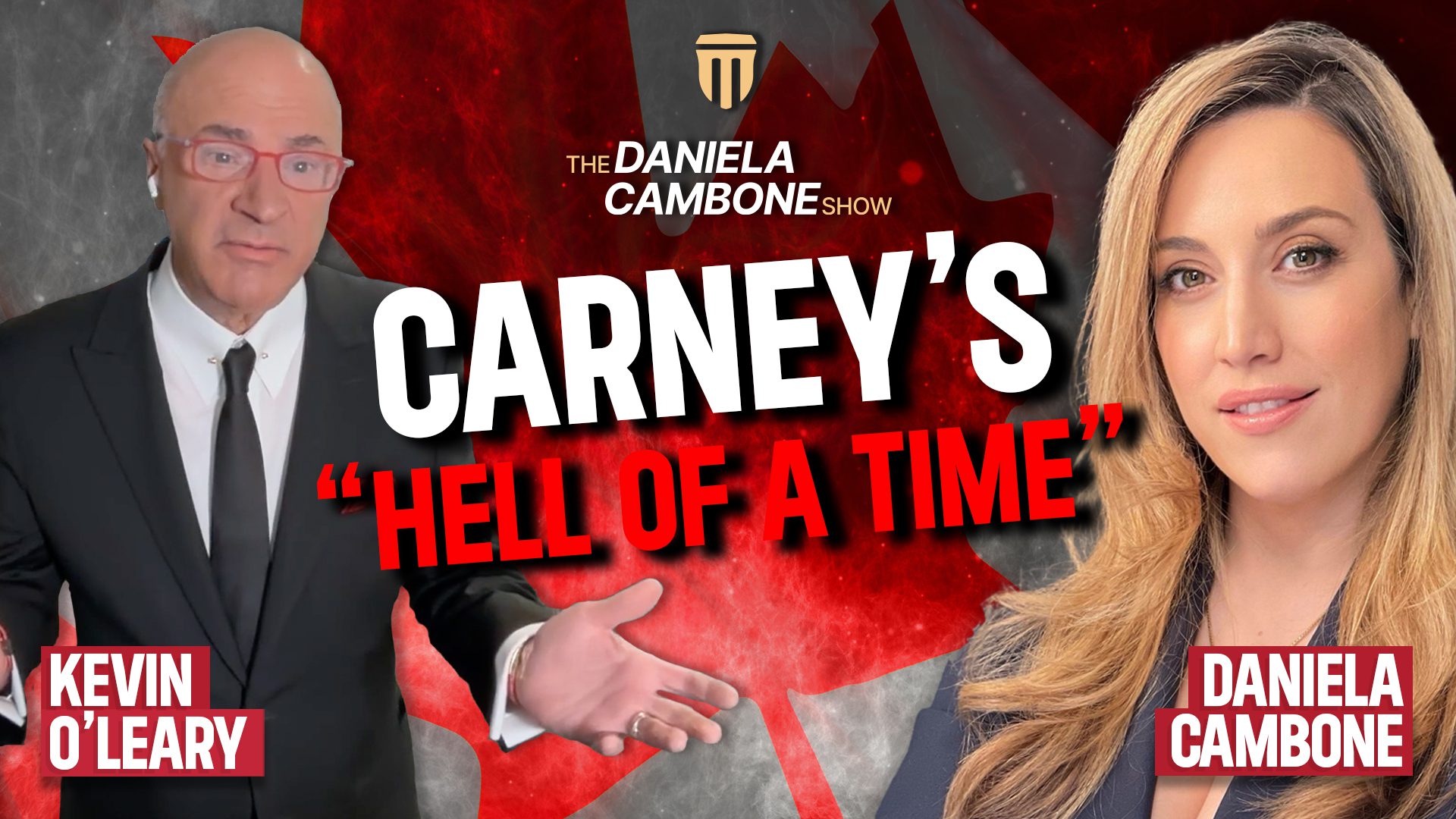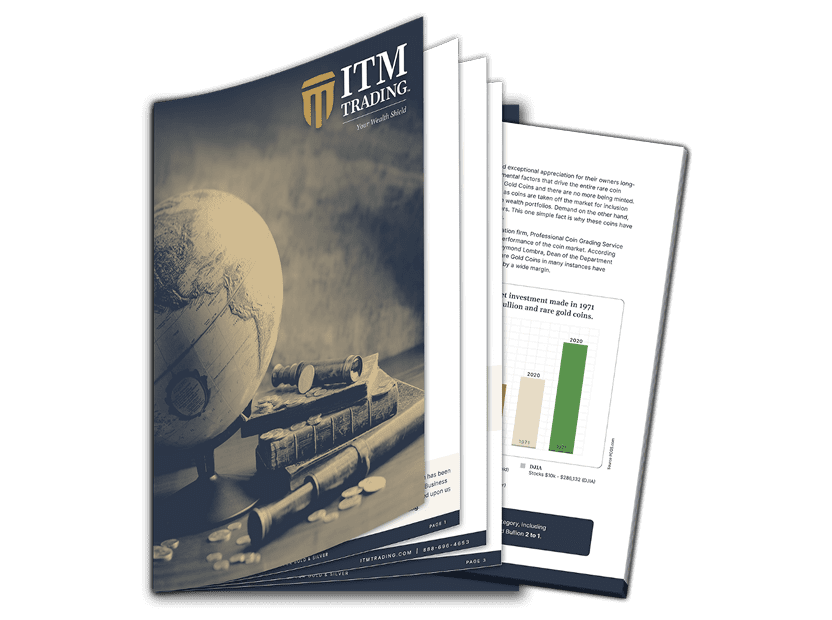Guide to Rare Gold Coins

Guide to Rare Gold Coins
Gold prices fell below the $1,900 per ounce mark suggesting some slowing down of the gold markets on September 8, 2011. HSBC analyst James Steel said that lower prices may encourage Indian demand ahead of the Hindu festival season in October, a time of traditional gold gift-giving. The slip from record highs may also lure other price-sensitive buyers back into the market, experts believe.
What is interesting is how rare gold coins can be immune to the fluctuations in the price of gold. The value of these coins can be well beyond their face value.
The Stack’s Bowers Galleries numismatic auction house, a subsidiary of Spectrum Group International, announced on September 6, 2011 that the live coin auctions held in August earned a combined total of $57,733,927. The huge monetary involvement in such transactions would intrigue any individual about this means of preserving money and might even entice one to consider investing in them.
Though there are many theorists on the most feasible option for investing in gold commodities, but most are equipped with outdated facts and even more obsolete trade options. So, here is a guide for a restructured approach to acquiring rare gold coins.
The Current Scenario for Rare Gold
Changing Trends: In August 2011, certain coins such as those from Southern branch mints like pieces from Charlotte, Dahlonega and New Orleans were in demand. However, their values have lowered and in certain cases by considerable amounts. Their lowered rates pose them as long-term opportunities.
Emphasis on rarity: Interestingly, buyers are opting for coins that are not easily obtainable, rare coins rather than common ones in exceptional grades. Coins like the 1862 half eagle and the 1863 eagle are really rare in any grade and they are alluring the new, classy strain of buyers.
Rise in the demand for Half Eagles and Eagles: Half Eagles and Eagles are being collected by date. Both the Liberty Head half eagle and eagle series are being collected by date. This ensures previously out of favour semi-key issues have more value if the coin manages to intrigue the buyer. An example is the 1876-S half eagle; this coin has suddenly gained prominence due to the changing stance of the buyers.
Humungous Auction Prices: Auction prices for an 1875 eagle made in PCGS AU53+ at $345,000 could be driving the market. It suddenly became easy to sell an 1862 eagle. The changing trend has revived the popularity of otherwise undervalued rare coins. The abundance of rare gold coins with collectors can also be a driving agent for this trend.
Craving Value for Money: “Value” is ruling the coin market. Collectors are looking for coins that have feasible price levels. The factors listed above combine to make coins like 1864 half eagles or 1867-S half eagles attractive to coin collectors.
Ruined Coins: What hurt the Southern gold market is the relative absence of alternatives and original coins. Luckily certain coins issued from the “P”: Philadelphia, Pennsylvania and “S”: San Francisco, California mints have avoided the doctoring that has inundated gold from “C”: Charlotte, North Carolina and “D”: Dahlonega, Georgia mints due to their relative gloom.
Historical Artifacts: Collecting Items of historical importance has always been an aficionado affair. The face value as well as the price of gold involved in their composition constitute a mere fraction of the price at which they are sold. It is the heritage, quality and rarity that matters for the buyers.














